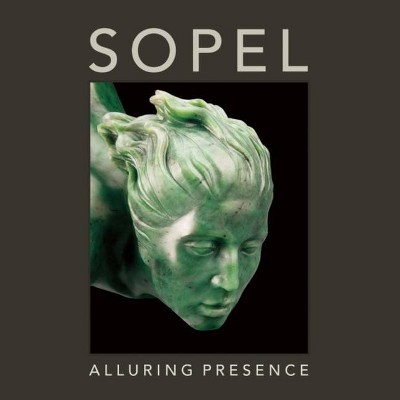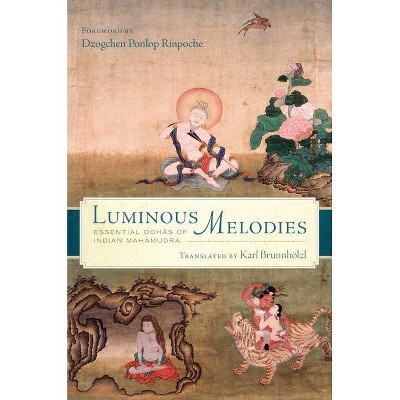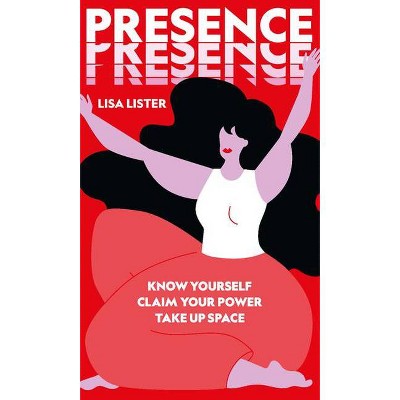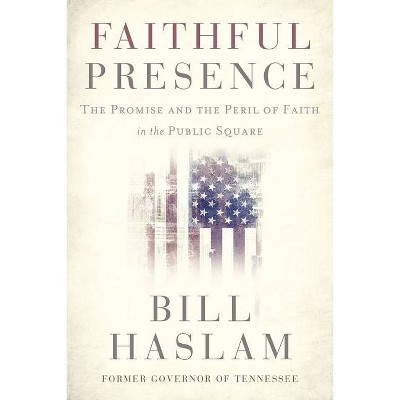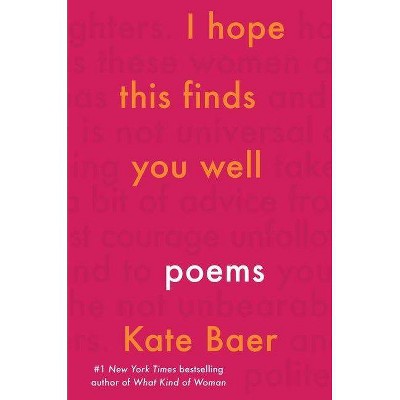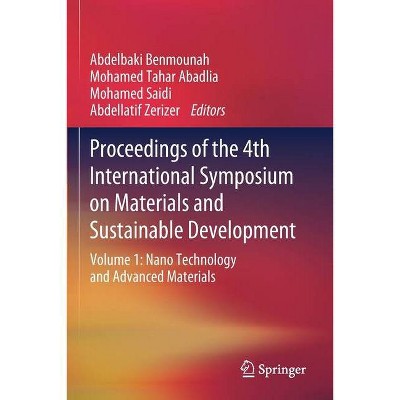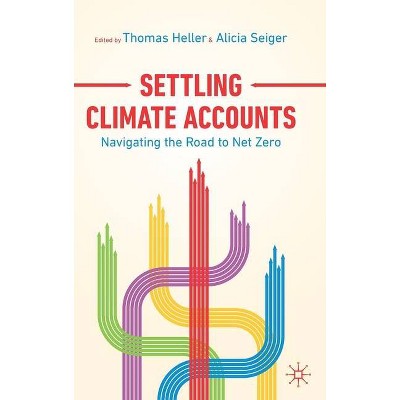Luminous Presence - by Alexandra Parsons (Hardcover)
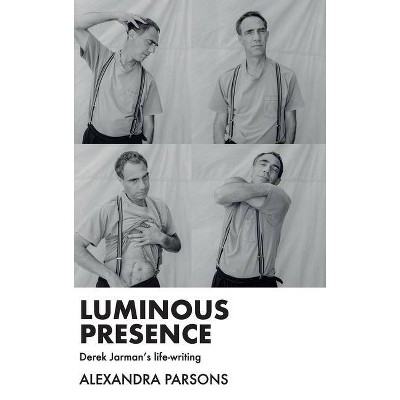
Similar Products
Products of same category from the store
AllProduct info
<p/><br></br><p><b> About the Book </b></p></br></br><i>Luminous presence: Derek Jarman's life-writing </i>is the first book to analyse the prolific writing of queer icon Derek Jarman. Much of Jarman's powerful, imaginative response to HIV/AIDS can be found in his remarkable books, which Alexandra Parsons argues were critical in changing the cultural terms of queer representation in the 1980s and 1990s.<p/><br></br><p><b> Book Synopsis </b></p></br></br><i>Luminous presence: Derek Jarman's life-writing </i>is the first book to analyse the prolific writing of queer icon Derek Jarman. Although he is well known for his avant-garde filmmaking, his garden, and his AIDS activism, he is also the author of over a dozen books, many of which are autobiographical. Much of Jarman's exploration of post-war queer identity and imaginative response to HIV/AIDS can be found in his books, such as the lyrical AIDS diaries <i>Modern Nature </i>and <i>Smiling in Slow Motion</i>. This book fully explores, for the first time, the remarkable range and depth of Jarman's writing. Spanning his career, Alexandra Parsons argues that Jarman's self-reflexive response to the HIV/AIDS crisis was critical in changing the cultural terms of queer representation from the 1980s onwards. <i>Luminous presence </i>is of great interest to students, scholars and readers of queer histories in literature, art and film.<p/><br></br><p><b> From the Back Cover </b></p></br></br><i>Luminous presence: Derek Jarman's life-writing </i>is the first book to analyse the prolific writing of queer icon Derek Jarman. He frequently blended visionary queer politics with experimental self-representation, and consistently created art with material drawn from his own life, using it as a generative activist force. Although he is well known for his avant-garde filmmaking, his garden, and his AIDS activism, he is also the author of over a dozen books, many of which are autobiographical. Much of Jarman's exploration of post-war queer identity and imaginative response to HIV/AIDS can be found in his books, such as the lyrical AIDS diaries <i>Modern Nature </i>and <i>Smiling in Slow Motion</i> and the associative book of colour <i>Chroma</i>, the critique of homophobia <i>At Your Own Risk</i>, and the activist text published alongside the film <i>Edward II</i>. The remarkable range and depth of his writing has yet to be fully explored by critics. <i>Luminous presence </i>fills this gap. Spanning his career, Alexandra Parsons shows that Jarman's self-reflexive response to the HIV/AIDS crisis was critical in changing the cultural terms of queer representation from the 1980s onwards. She reads Jarman's self-representations across his literary and visual works as a queer utopian project that places emphasis not on the polish of the finished product, but on the process of its production. <i>Luminous presence </i>examines Jarman's books in broadly chronological order so as to tell the story of his developing experimentation with self-representation. The book<i> </i>is aimed at students, scholars and general readers interested in queer histories in literature, art and film.<p/><br></br><p><b> About the Author </b></p></br></br>Alexandra Parsons is a Paul Mellon Centre fellow and teaches contemporary literature and culture at University College London
Price History
Price Archive shows prices from various stores, lets you see history and find the cheapest. There is no actual sale on the website. For all support, inquiry and suggestion messages communication@pricearchive.us
